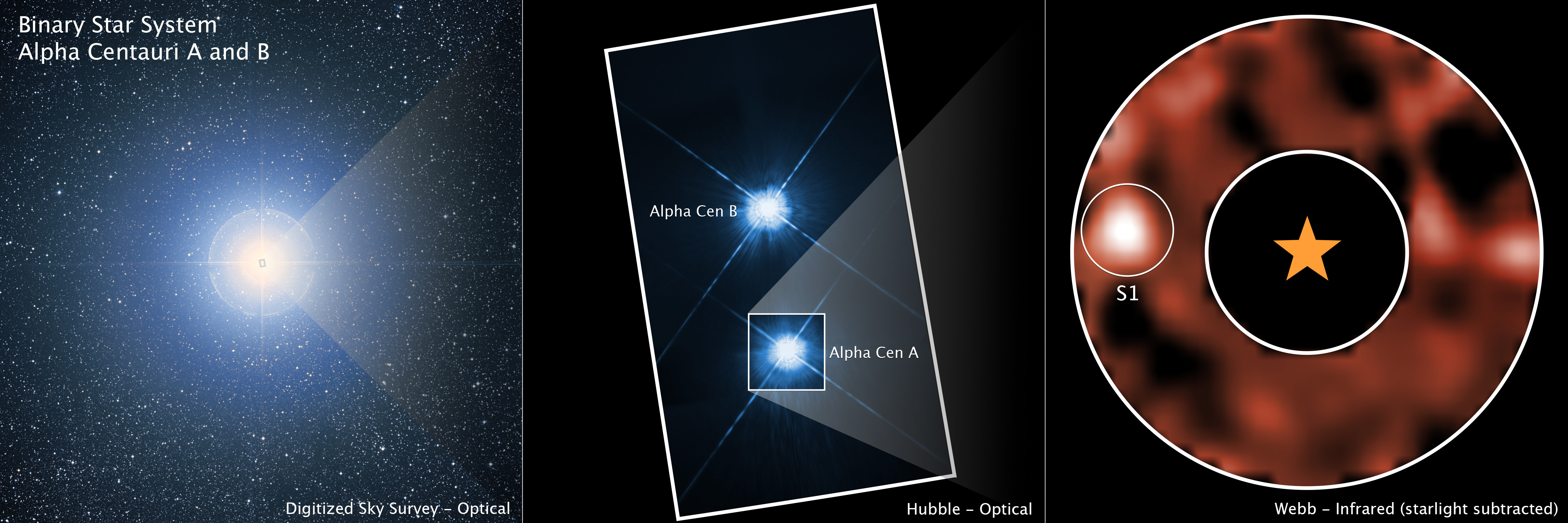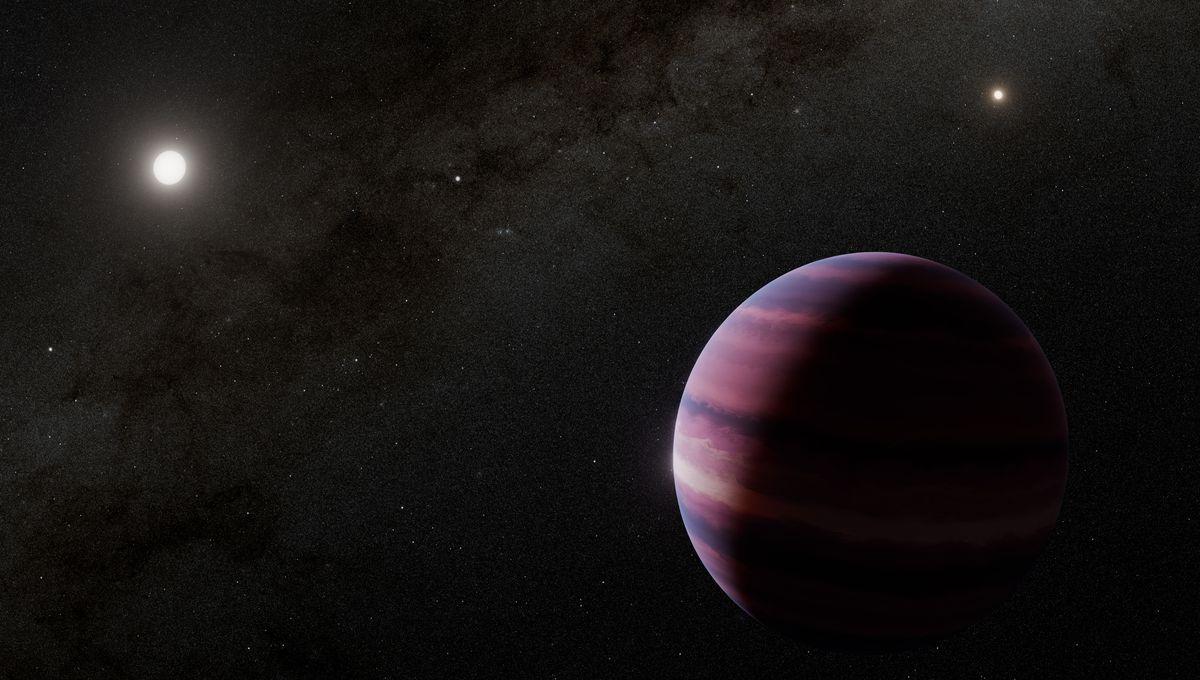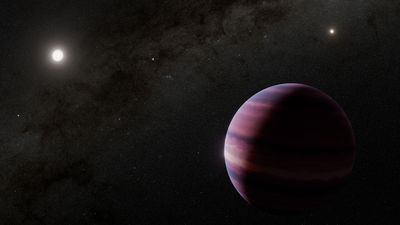The closest exoplanets to the Solar System are around the red dwarf Proxima Centauri. This little star is orbiting two bigger Sun-like stars, which are known as Alpha Centauri A and B. For over a decade, people have proposed possible planets around either, with no confirmation. New observations now make a stronger case for a planet around Alpha Centauri A.
The candidate world believed to be orbiting Alpha Centauri A, also known as Rigil Kentaurus, is in its habitable zone. If confirmed, this is the closest planet in the habitable zone of a Sun-like star. However, don’t shout aliens, just yet! The planet is estimated to be not a rocky world like Earth but a gas giant. “At only 4 light-years away, Alpha Centauri is the nearest star most similar to our own Sun. The presence of a planet, possibly a habitable planet, around our nearest neighbor has been a matter of great scientific and science fiction speculation for decades,” co-lead author Charles Beichman, executive director of the NASA Exoplanet Science Institute at Caltech, told IFLScience. “The fact that we now have a very strong candidate for a planet, even if it is a Saturn-mass planet that could not itself be habitable, is an important milestone in the search.” Crucial to this work have been the observations from the JWST mid-infrared instrument. The space observatory has a coronagraphic mask blocking the light of the star, but the challenge here is to get rid of the light of Alpha Centauri B, which is very close. The team had to do some incredible work to subtract the light of both to find the incredibly faint signal that suggests the presence of a planet. It looks like there might be something there. Image Credit: Science: NASA, ESA, CSA, STScI, DSS, A. Sanghi (Caltech), C. Beichman (JPL), D. Mawet (Caltech); Image Processing: J. DePasquale (STScI) “This project started almost a decade ago when JWST was still many years away from launch. It took an international team of astronomers with differing areas of expertise to plan and execute the observations, to process the data carefully to reveal the planet, and to interpret the results. The JWST operations team were critical in making these challenging observations possible,” Beichman told IFLScience. “JWST's great stability and sensitivity at infrared wavelengths inaccessible from the ground allowed the careful subtraction of the light from Alpha Centauri to reveal a planet more than 10,000 times fainter than the star.” If this planet is confirmed, it would be the closest that has been visually discovered, and the first imaged around a star the same age and temperature as the Sun. The team will continue to follow the potential world with JWST, and use the upcoming Nancy Grace Roman Space Telescope and the European Extremely Large Telescope (E-ELT) to work out even more details about this world. The work co-led by Aniket Sanghi, a Caltech graduate student, are reported in two papers accepted for publication in The Astrophysical Journal Letters and available on the ArXiv.





